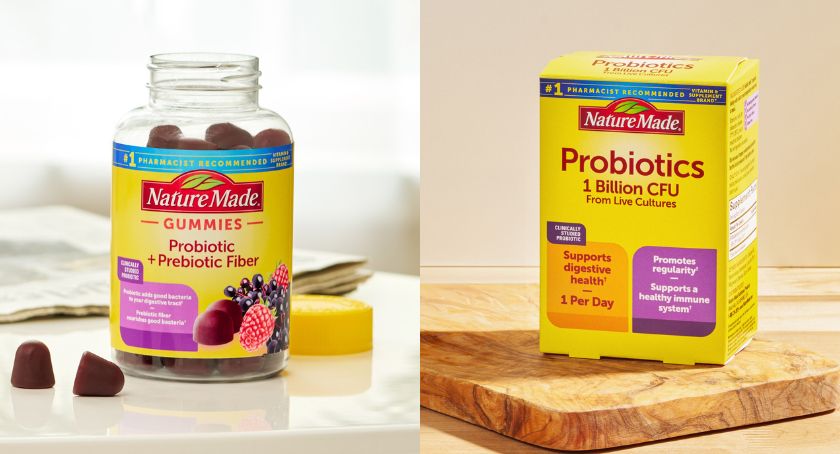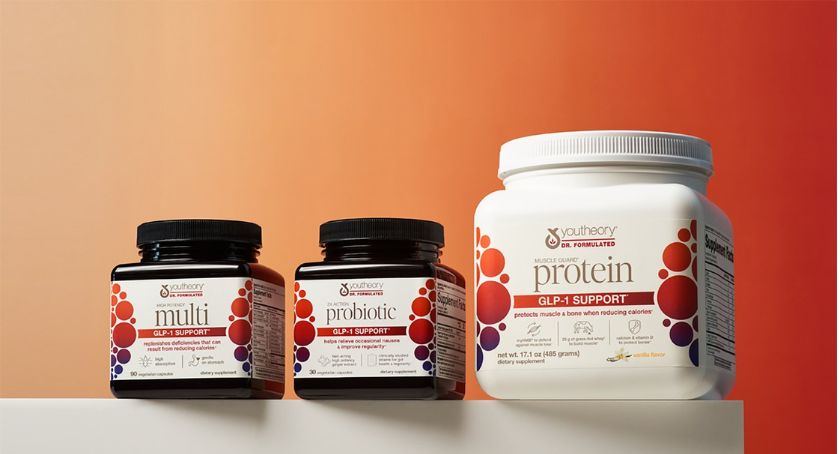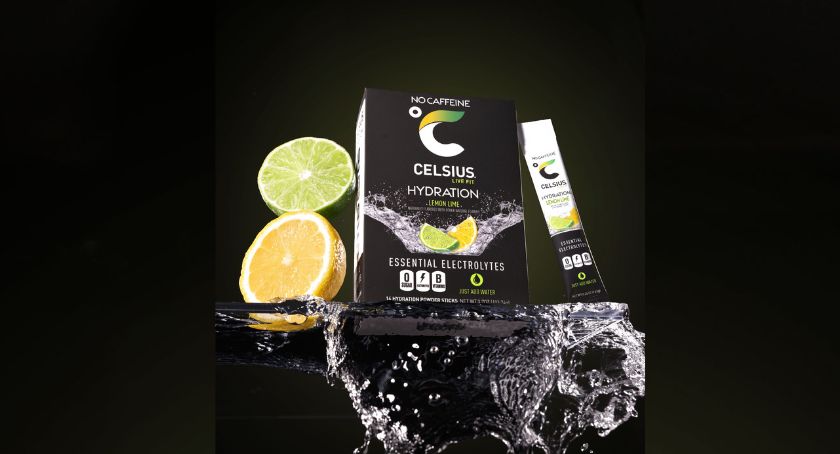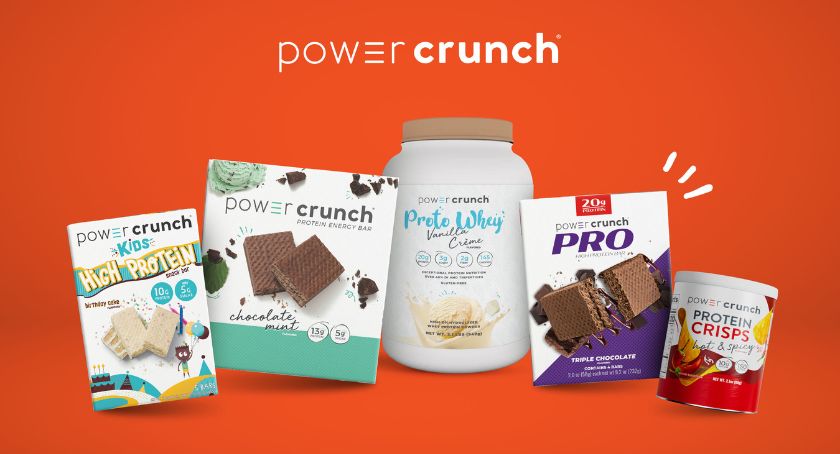Market Updates
New Products for Gut Health Still Show Steady Growth
Interest in food and drinks carrying gut or digestive health claims appears to be continuing unabated, at least as far as food and drinks companies are concerned.

By: Sean Moloughney

Interest in food and drinks carrying gut or digestive health claims appears to be continuing unabated, at least as far as food and drinks companies are concerned, despite a number of adverse influences, including the economic downturn, consumer confusion over the range of products and ingredients available and their benefits, and difficulties over claims validation in Europe.
Innova Market Insights tracked more than 4000 launches globally marketed on a gut or digestive health platform in 2009, up from about 2000 just five years previously.
The gut/digestive health sector was the first in the international functional foods market to come to the fore, starting to rise to prominence in the 1980s outside Asia, although significant sales were not achieved in the west until well into the next decade. It remains the leading sector in terms of market size and activity in most countries, with the notable exception of the U.S., and even there rapid growth over the past five years has boosted the market considerably.
It is a market that is, along with other parts of the functional foods market, very difficult to define, with rising awareness of foods traditionally linked with a healthy digestive system, particularly high-fiber foods such as bran and wholegrain bakery and cereal products, combining with the emergence of probiotic foods, most notably dairy products, to create a diverse but dynamic category.
Additionally, many of the probiotic products launched in recent years, particularly dose-delivery dairy drinks, have focused on immune defense as much, if not more than, digestive health. With these difficulties in definition, market quantification is also very fraught with problems, but estimates now tend to put the global market for gut health foods and drinks at more than $10 billion a year.
The emergence of new-style dairy products, most notably probiotic yogurts and dairy drinks has moved the market forward since their move out of Asia and into the mainstream western markets in the 1990s. Indeed, the dairy sector, notably probiotic products, are now probably most closely associated with the gut health sector.
Dairy products accounted for more than 40% of the gut/digestive health launches recorded by Innova Market Insights in 2009, although this share was down slightly over 2008, reflecting the wider range of products appearing on the market. Baby food was the next most popular category for using gut health claims, ahead of bakery and cereal products.
Europe accounted for a leading one-third of the product launches on a gut or digestive health platform last year, just ahead of the U.S. on about 28%. Innova Market Insights noted a particularly rapid increase in U.S. product launches on a gut and digestive health platform, with totals more than trebling since 2005.
Interest in the U.S., especially in the dairy sector, has risen sharply over the past 5 years, particularly since the repositioning of Danone’s Activia spoonable yogurt brand more directly on a digestion regulation platform, emphasizing the use of the unique Bifidus ActiRegularis cultures. Sales of the Activia brand are now worth more than $2 billion a year globally and the U.S. national launch in early 2006 is credited with virtually single-handedly moving the probiotics market out of the specialist dietary supplements market and into the mainstream yogurt market.
It also heralded a wave of competitive activity from the other U.S. yogurt companies, driving the market forward. Although refrigerated yogurt and dairy drinks are maintaining their profile in terms of product activity in gut and digestive health, there have also been high levels of activity in other areas, with launches recorded by Innova Market insights over the past year including a range of Digestive Health pasta with probiotics under the Racconto Essentials brand, the extension of the Attune probiotic cereal bar range with probiotic chocolate bars, and the introduction of Yovation frozen yogurts with probiotic cultures.
Outside the U.S., there has been an even wider range of activity, with novel products appearing alongside development of existing brands and concepts. These included the launch of Yosa organic dairy-free smoothies with oats, fresh fruit and berries and probiotic bacteria. Initially launched by oat-specialist Bioferme in its home market of Finland in the spring of 2009, the product was extended into the Swedish and German markets shortly afterwards.
Meanwhile in Australia, the barleyMax ingredient, developed by CSIRO and said the be the world’s highest fiber wholegrain, made its first appearance on supermarket shelves when it was used in Digestive 1st and Protein 1st breakfast cereals from Goodness Superfoods.
“It appears that high levels of interest in gut/digestive health foods are continuing,” said LuAnn Williams, head of research for Innova Market Insights. “It has been a key focus for European product activity for a number of years, and U.S. levels of interest have risen sharply over the past five years to create a market combining interest in developing established high-fiber products on the one hand and the newer probiotic dairy lines on the other. The Australian market falls somewhere between the two, while in Japan, the market is so well established that products fortified with fiber, probiotics and/or prebiotics are regarded virtually as standards. In all regions product activity is still strongly oriented toward the dairy sector, although increasing activity in bakery and cereal products is evident along with signs of growth in other areas of the market.”




















